iPhone 7 vs Samsung Galaxy S7: head to head
We compare Apple’s iPhone 7 and Samsung’s Galaxy S7 to see which comes out on top
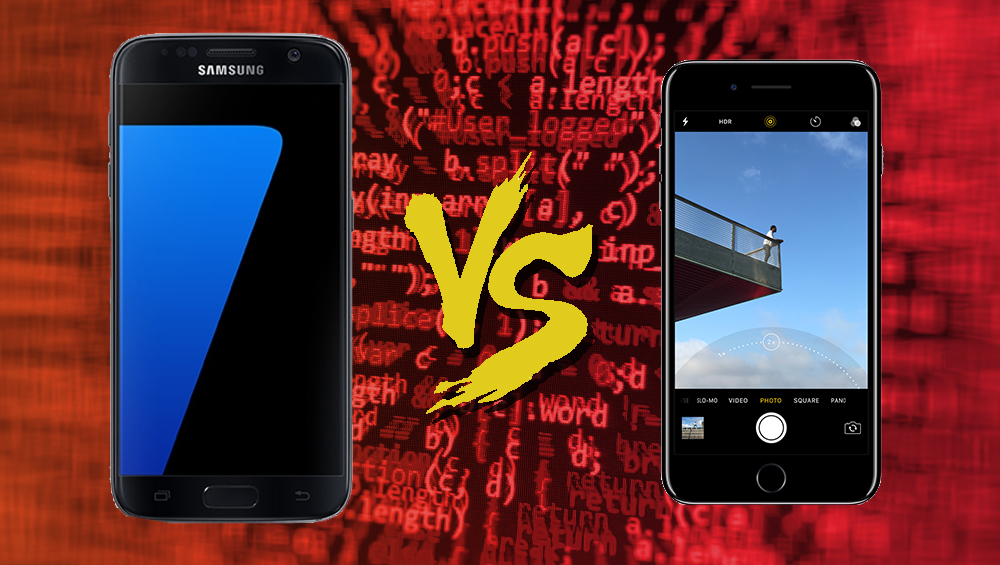
The iPhone 7 and the Samsung Galaxy S7 are two models which many people look at when they want to upgrade their phone. Here we compare them both, looking at their features and specifications to help you decide whether Apple or Android is best for you.
Display
iPhone 7: 4.7in, 3D Touch, 1334x750 pixel resolutions, wide colour gamut
Samsung Galaxy S7: 5.1in, 2560x1440 pixel resolution, AMOLED
Apple has opted for 3D touch in the display again and raised the brightness by 25%. There are more rumours that the iPhone 8 display will be OLED which is why the iPhone 7 has the same IPS LCD Retina screen.
Samsung has gone with a Super AMOLED display for the Galaxy S7, which promises deeper blacks and is meant to be more power efficient. Although the S7 has a wider colour gamut than the iPhone 6s, this difference is a lot smaller when compared to the iPhone 7.
Design
The iPhone 7 mostly follows the same stylign as its two predecessors. There are two notable differences: the antenna bands have been moved back to the upper and lower edges in order to make them more discreet. Also the colours Black and Jet Black have replaced Space Gray as a colour option.
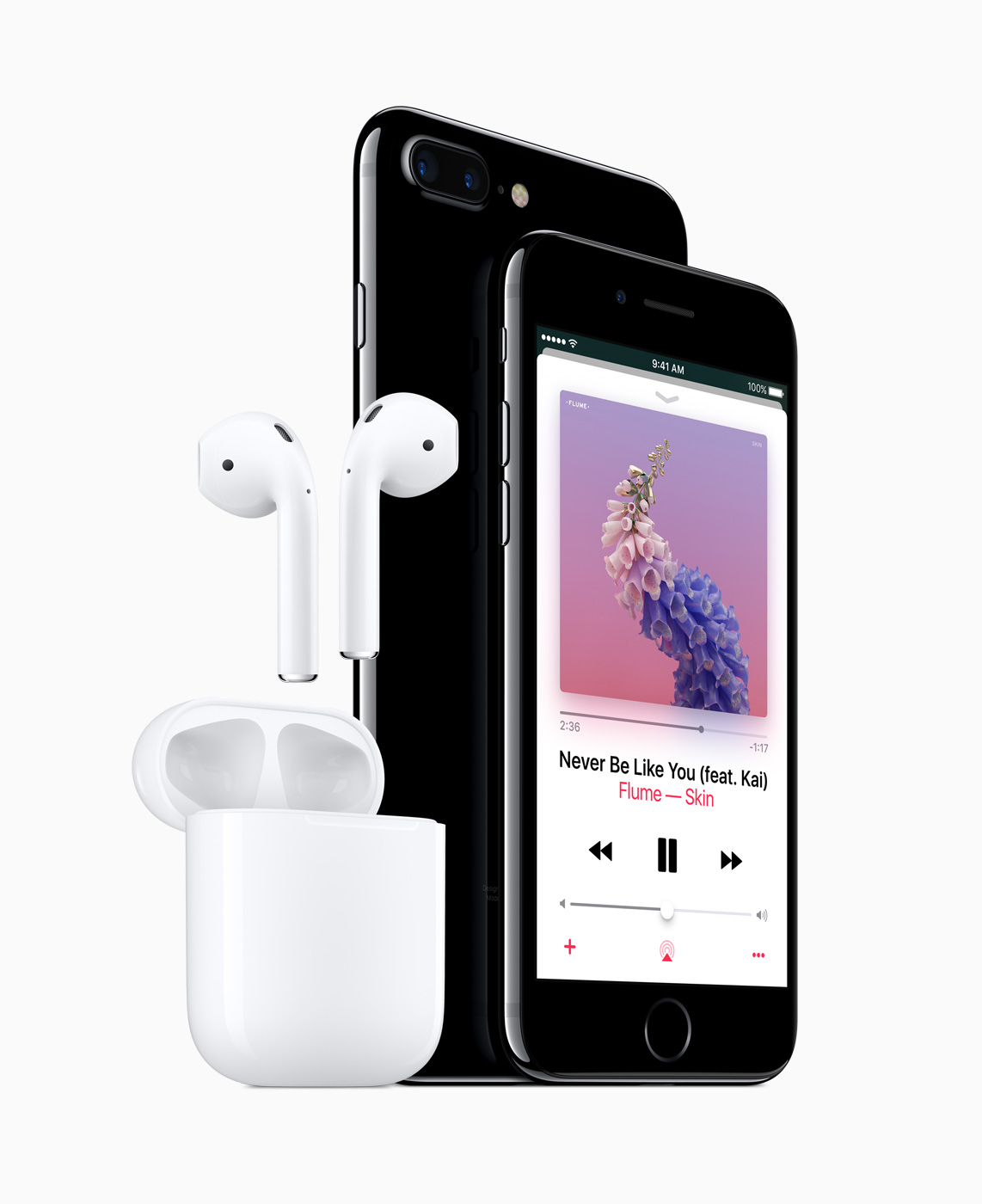
The Home key has been upgraded from a physical button to a touch-sensitive one which includes haptic feedback. Of course, it still utilises the Touch ID fingerpring scanner.
An additional benefit is that the iPhone 7 is somewhat waterproof but not completely. It is IP67 water and dust proof, but this is only up to 30 minutes submerged in water.
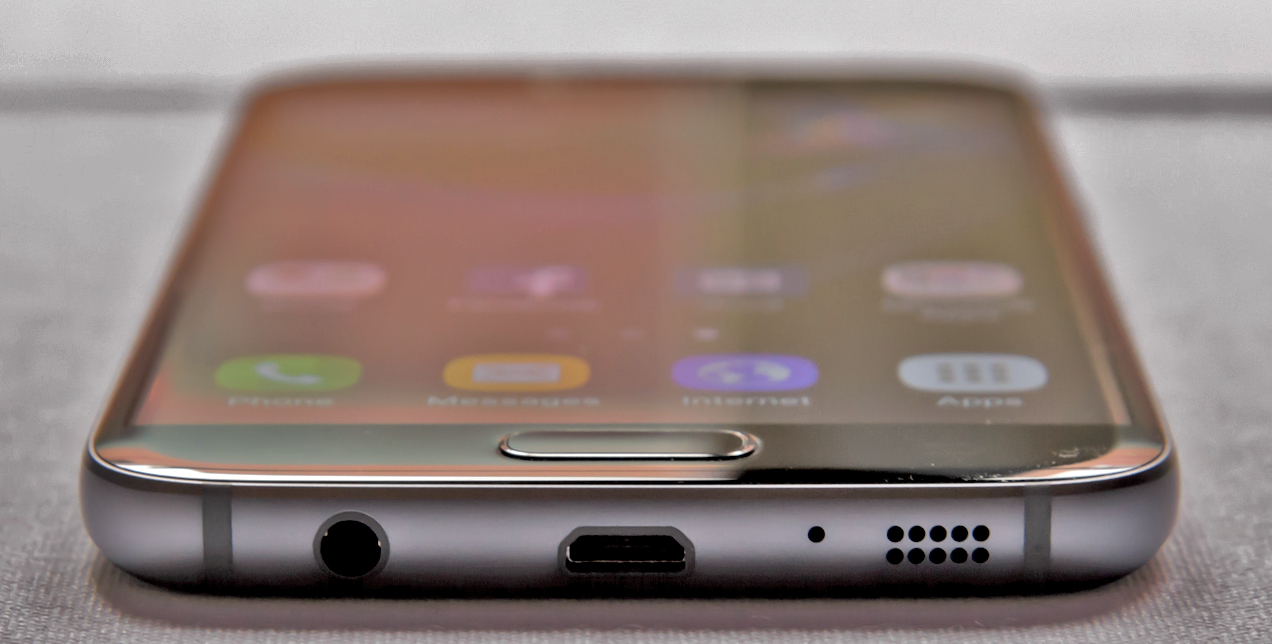
The S7 also looks like its predecessor thanks to the glass overlaid on top of a coloured backing with a metal trim. Despite this, the back is a little different, with curves either side to make it more comfortable in your hand. It is also IP67 water and dust resistant, unlike the S6.
Camera
The iPhone 7 has a 7MP front-facing camera with wide-angle lens, 12MP rear-facing camera with optical image stabilisation, f1.8 aperture, new 6-element lens, new image signal processor, quad-LED flash with flicker sensor, and 4K video recording. The iPhone 7 Plus goes a stage further with a dual-camera setup, one with a wide-angle lens and one with a telephoto lens.
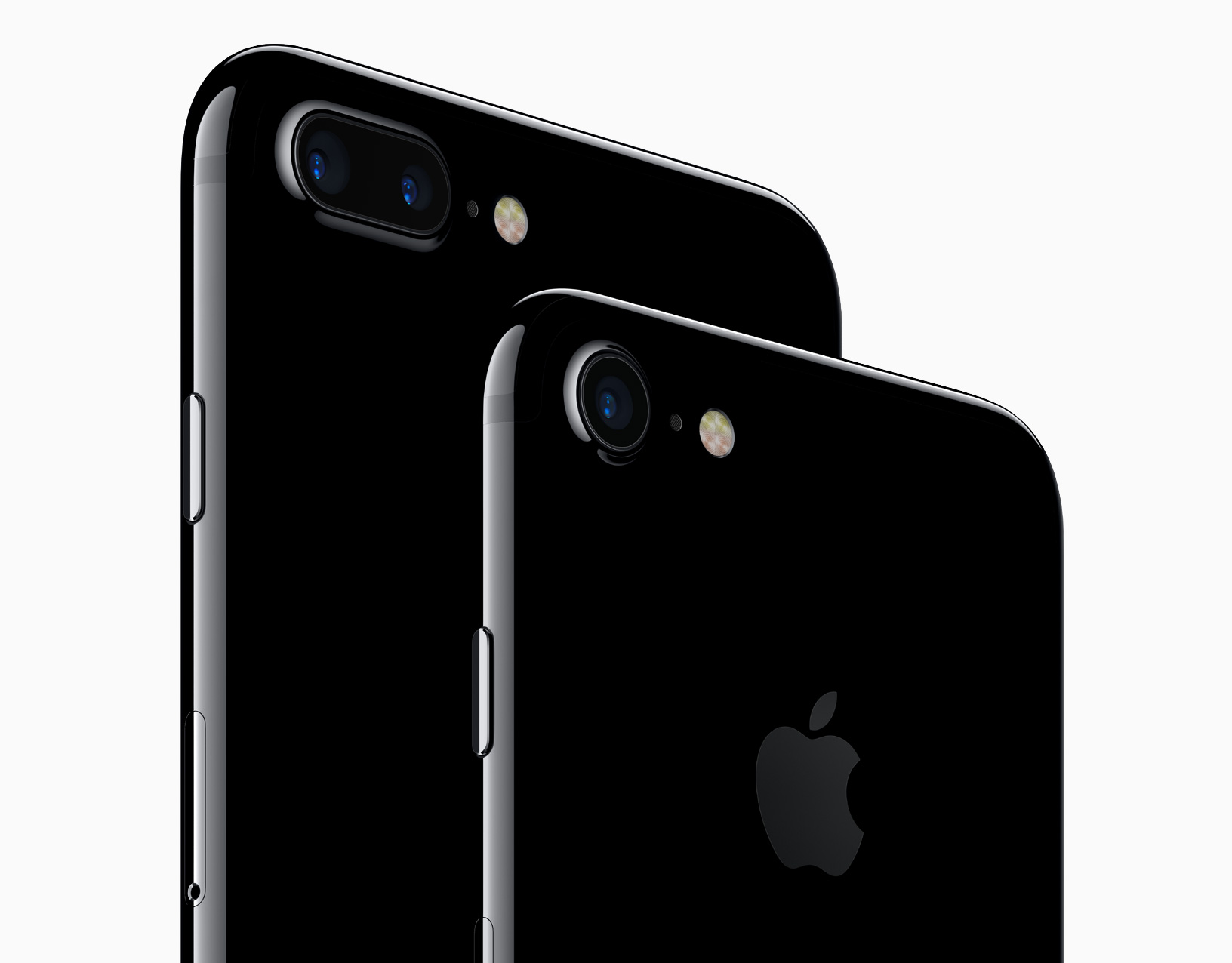
The Galaxy S7 has a 12MP camera at the rear but an f1.7 aperture compared to the iPhone 7's f1.8. The front-facing camera is 5MP, so 2MP less powerrful than the iPhone 7's. The phone is also capable of capturing 2160p at 30fps and 1080p at 60fps with dual Video and HDR.
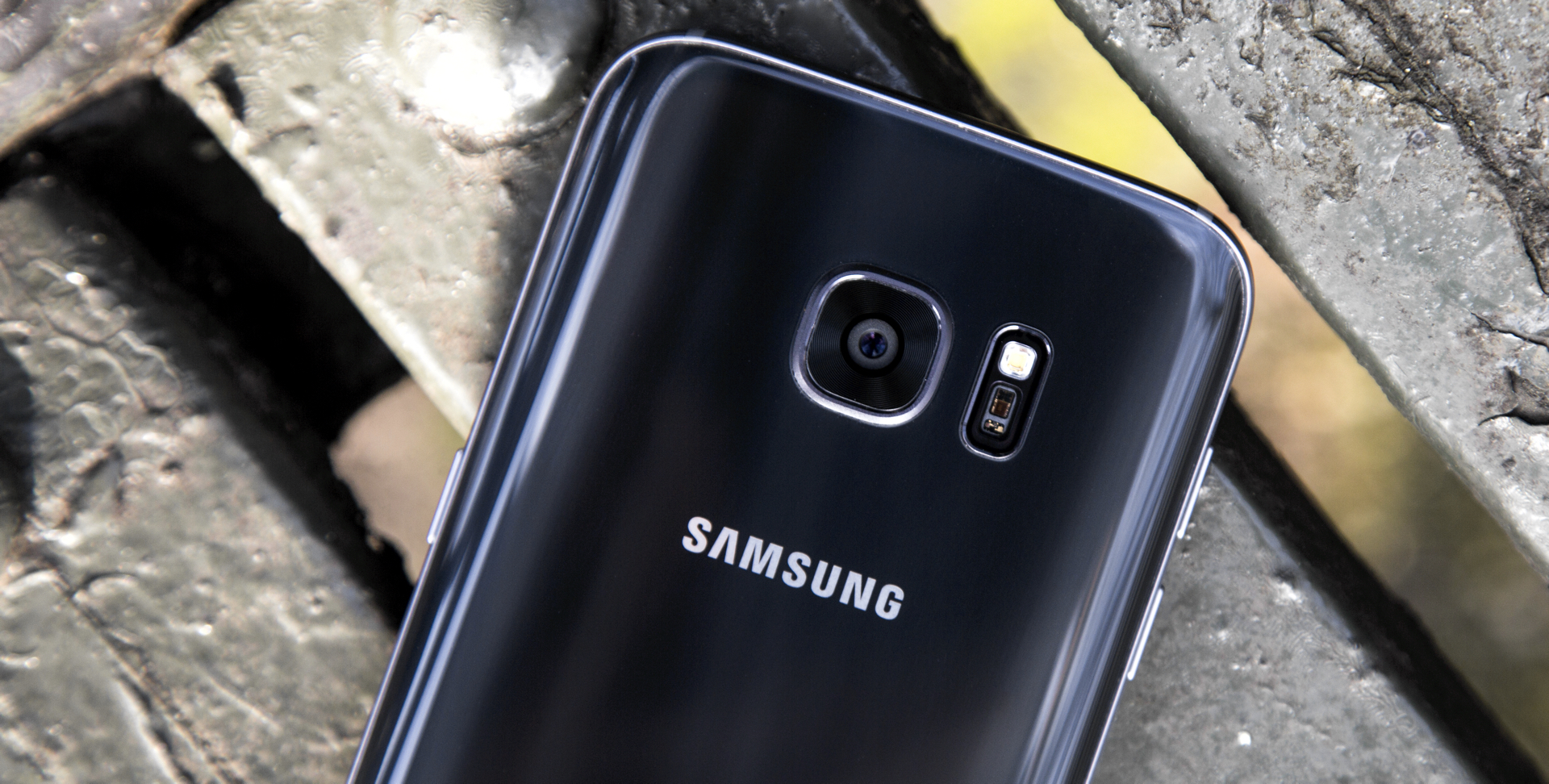
Connectivity
The iPhone 7 has infamously ditched the headphone jack in a way that only Apple can describe as "courageous", instead using the Lightning port for its EarPods, though it also ships an adaptor so your wired 3.5mm headphones can fit into the port. This means you can't use wired headphones and charge up at the same time. This seems to be a move to encourage the use of Bluetooth headphones, with Apple releasing its own AirPods (below) for exactly that purpose.
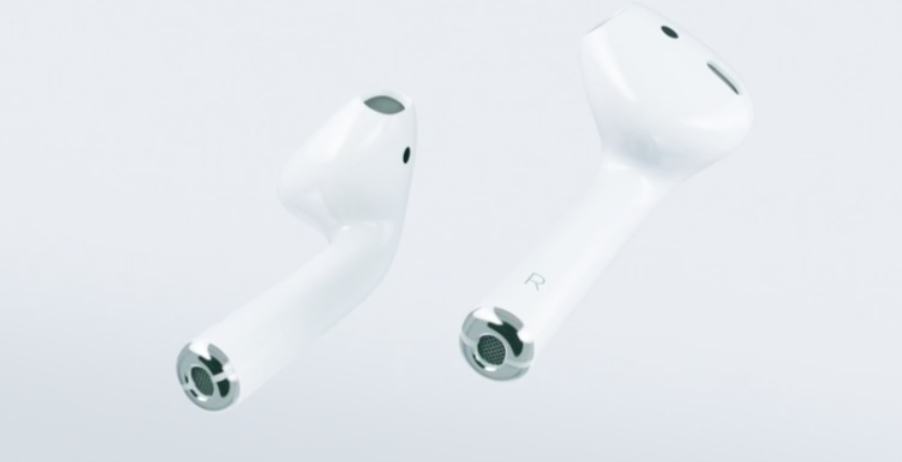
The Samsung Galaxy S7 still has the headphone jack, but has stuck with the micro-USB 2 port instead of moving onto a USB Type-C connector.
Both smartphones have Bluetooth 4.2, 802.11ac and NFC. However, on the iPhone 7, NFC is only supported for Apple Pay, whereas the S7's NFC can be used for other things such as quickly connecting to Bluetooth speakers. Mobile tap payments by Samsung Pay aren't yet supported in the UK, but Google Pay is now rolling out.
Performance and battery life
The iPhone 7 uses a quad-core Apple's A10 Fusion chip with 64-bit architecture, and an embedded M10 motion coprocessor. The A10 chip uses about a fifth the amount of battery life compared to the iPhone 6s and iPhone 6s Plus' A9 processor, if Apple is to be believed, while offering a 40% increase in CPU and GPU performance.
Meanwhile, the S7 uses a Samsung Exynos 8890 chip is an eight-core processor, but only half of the cores ever run at any given time. Four cores running at 2.6GHz take on the most strenuous tasks, while four slower cores running at 1.6GHz take over the less demanding work, and thus save battery life too.
The S7 has a huge battery rated at 3000mAh, while the iPhone 7 battery is rated at 1,960mAh. The S7's large battery and dual quad-core design helped it last just under 18 hours in our video playback test compared to the iPhone 6s's score of 11 hours and 18 minutes.
Storage, price and colour options
iPhone 7: 32GB (599), 128GB (699), and 256GB (799) in Silver, Gold, Rose Gold, Black and Jet Black
Galaxy S7: 32GB (529) in Black, Gold, White, Silver and Pink Gold
While the iPhone 7 is available in different storage options, the Samsung Galaxy S7 has a base 32GB of storage and extra storage can be added using a Micro SD card. This means that a 200GB of storage can be easily added to the phone. The iPhone 7 finally sees the end of the 16GB base model, which left very little room for storing anything.
Get the ITPro daily newsletter
Sign up today and you will receive a free copy of our Future Focus 2025 report - the leading guidance on AI, cybersecurity and other IT challenges as per 700+ senior executives
Zach Marzouk is a former ITPro, CloudPro, and ChannelPro staff writer, covering topics like security, privacy, worker rights, and startups, primarily in the Asia Pacific and the US regions. Zach joined ITPro in 2017 where he was introduced to the world of B2B technology as a junior staff writer, before he returned to Argentina in 2018, working in communications and as a copywriter. In 2021, he made his way back to ITPro as a staff writer during the pandemic, before joining the world of freelance in 2022.
-
 Bigger salaries, more burnout: Is the CISO role in crisis?
Bigger salaries, more burnout: Is the CISO role in crisis?In-depth CISOs are more stressed than ever before – but why is this and what can be done?
By Kate O'Flaherty Published
-
 Cheap cyber crime kits can be bought on the dark web for less than $25
Cheap cyber crime kits can be bought on the dark web for less than $25News Research from NordVPN shows phishing kits are now widely available on the dark web and via messaging apps like Telegram, and are often selling for less than $25.
By Emma Woollacott Published
-
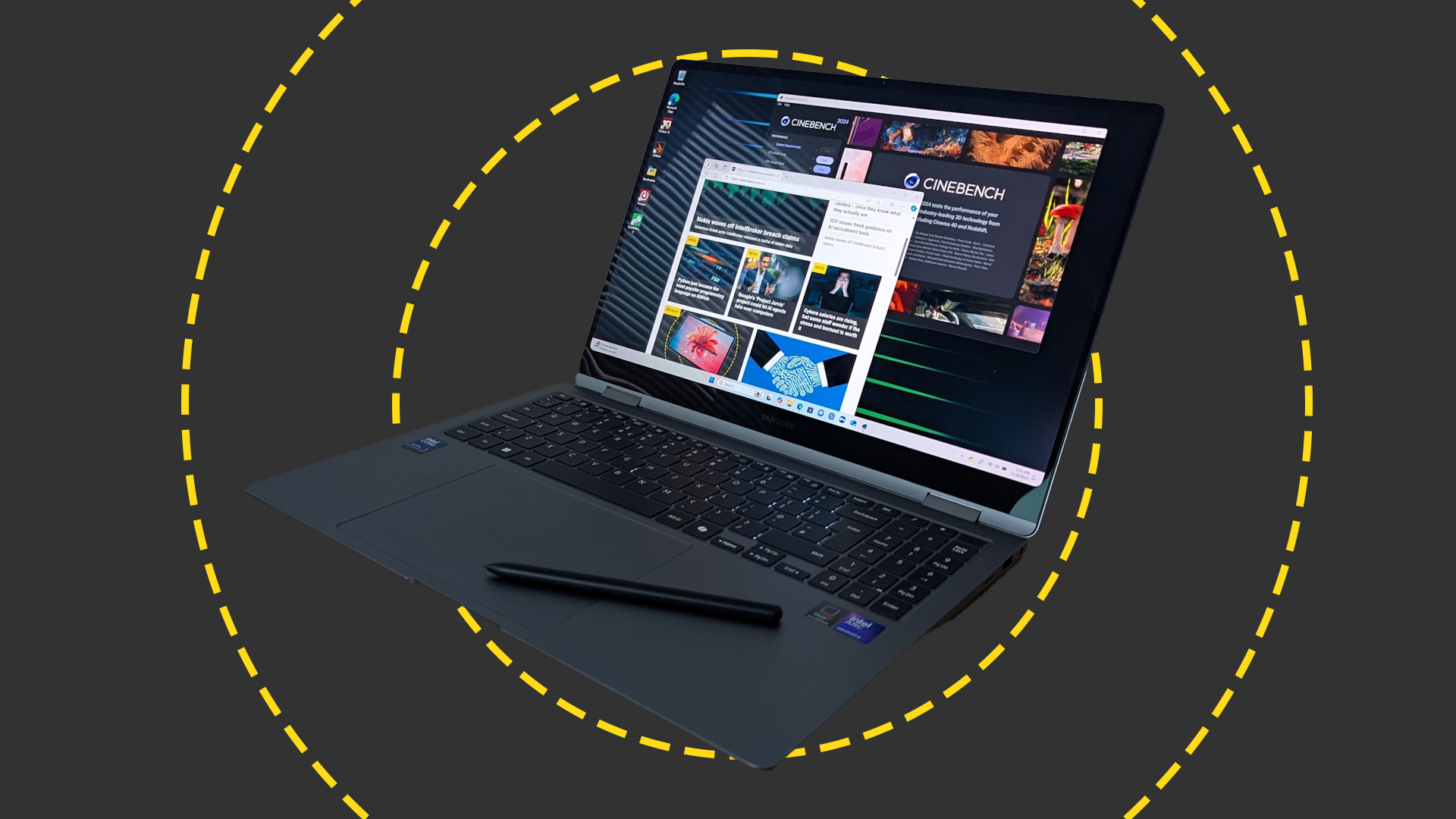 Samsung Galaxy Book 5 Pro 360 review: Almost the perfect big-screen laptop
Samsung Galaxy Book 5 Pro 360 review: Almost the perfect big-screen laptopReviews The Book 5 Pro 360 is a laptop you slowly get accustomed to, rather than one that feels right from the word go.
By Stuart Andrews Published
-
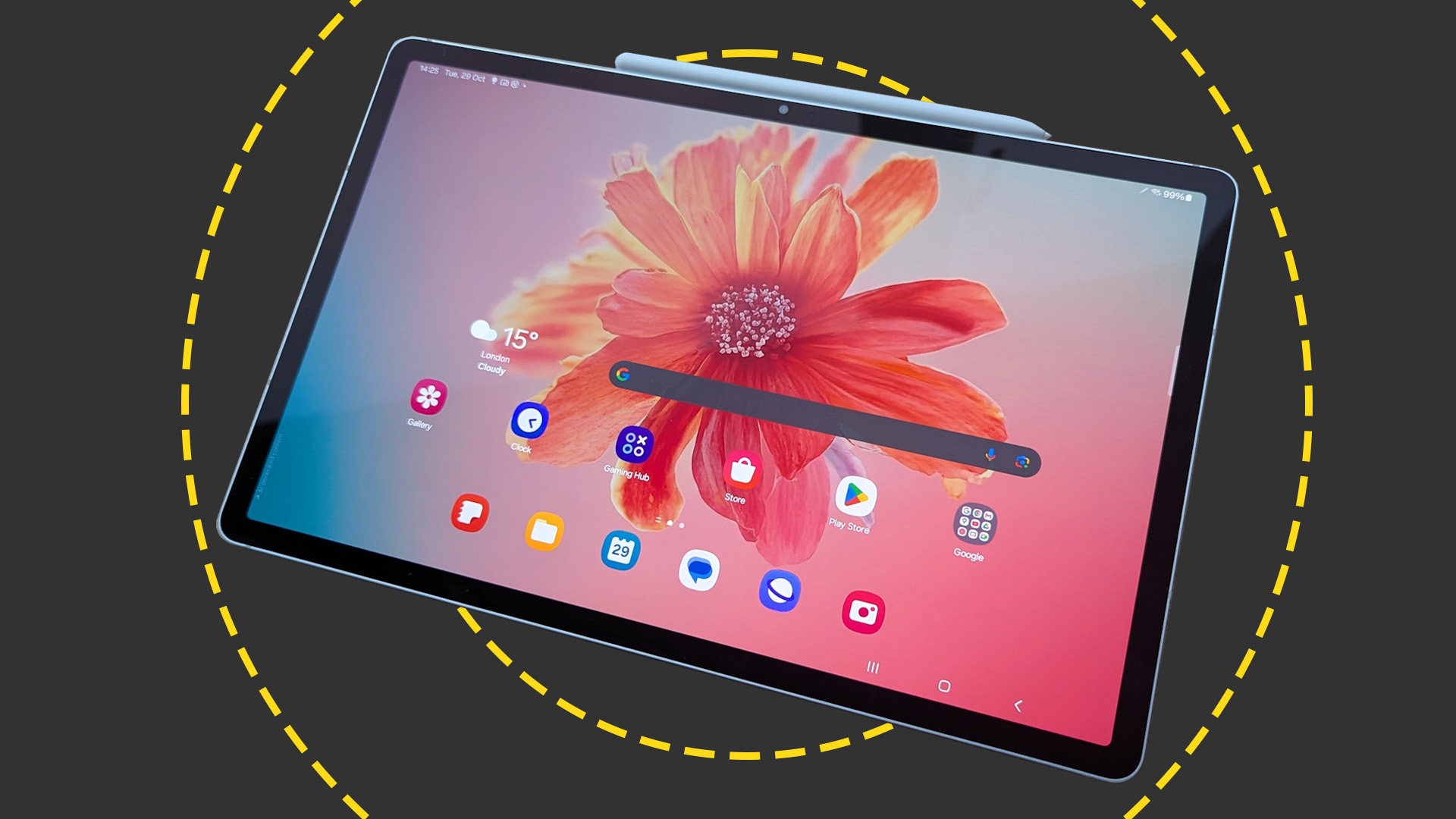 Samsung Galaxy Tab S10+ review: Possibly the best Android tablet for business
Samsung Galaxy Tab S10+ review: Possibly the best Android tablet for businessReviews With good performance, AI features and an exceptional screen, the Tab S10+ is the best Android tablet out there, if not quite the best tablet overall
By Stuart Andrews Published
-
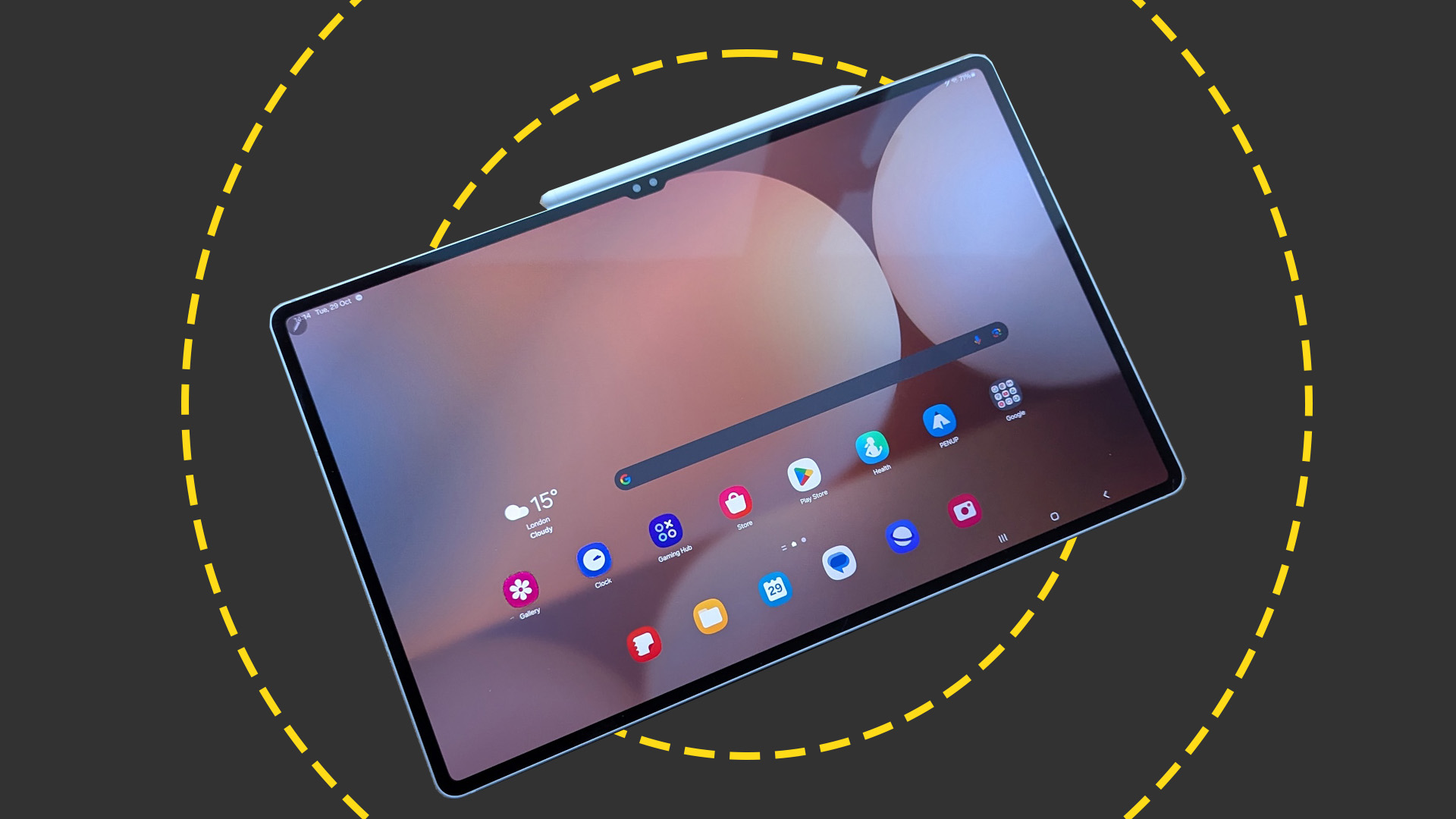 Samsung Galaxy Tab S10 Ultra review: Samsung's big-screen tablet is an AI-powered multitasking monster
Samsung Galaxy Tab S10 Ultra review: Samsung's big-screen tablet is an AI-powered multitasking monsterReviews The sheer size won't be for everyone, but the Tab S10 Ultra has the screen, performance, and multitasking prowess for serious work
By Stuart Andrews Published
-
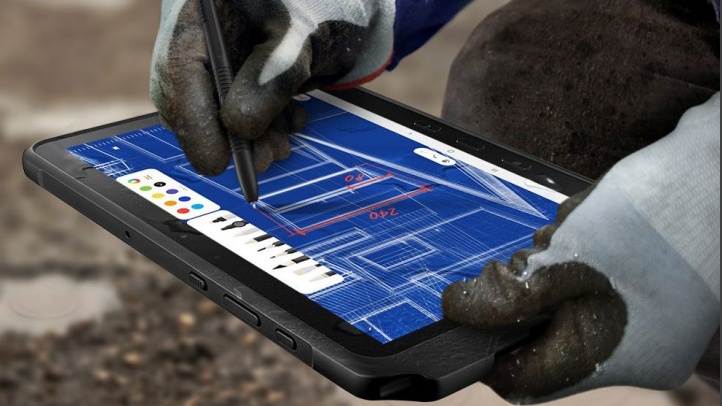 Rugged goes mainstream
Rugged goes mainstreamwhitepaper Why every business needs rugged devices to get the job done
By ITPro Published
-
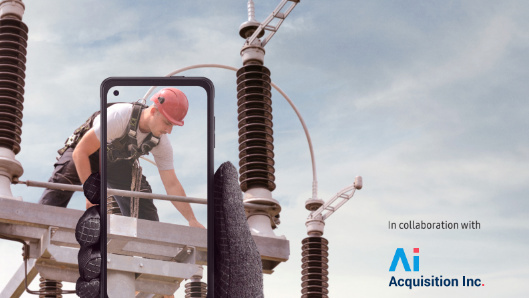 Why tougher doesn’t need to mean harder
Why tougher doesn’t need to mean harderwhitepaper Bridging the rugged and consumer device divide
By ITPro Last updated
-
 Samsung reveals plans for $15bn chip research center to break semiconductor scaling barriers
Samsung reveals plans for $15bn chip research center to break semiconductor scaling barriersNews The news follows the company's proposal in July to build 11 Texas semiconductor plants worth $191 billion
By Praharsha Anand Published
-
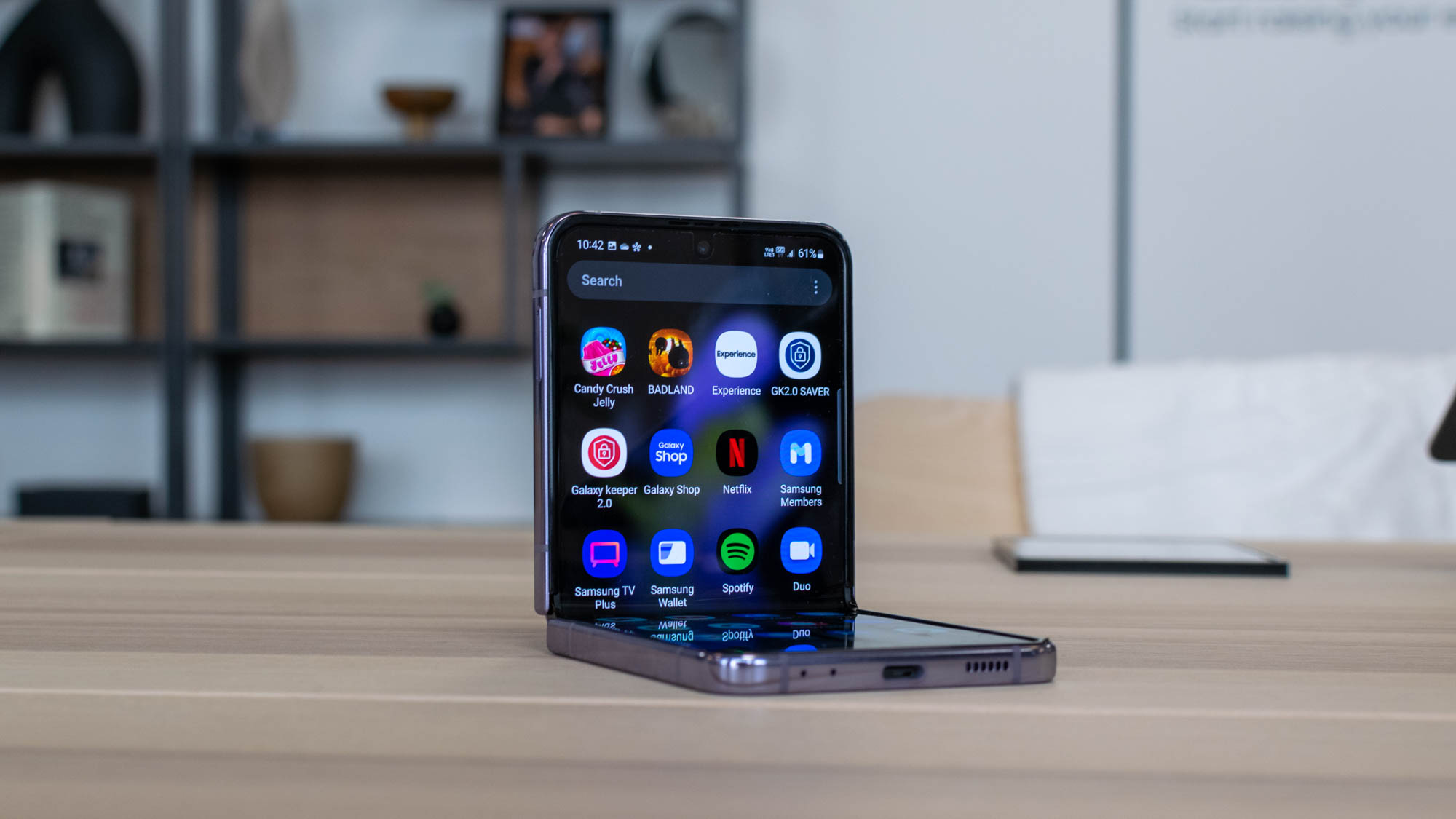 Samsung Galaxy Z Flip 4 hands-on review: A welcome (if minor) update
Samsung Galaxy Z Flip 4 hands-on review: A welcome (if minor) updateFirst look Samsung’s latest foldable is appealing, but does little to stand out from its predecessor
By Adam Shepherd Published
-
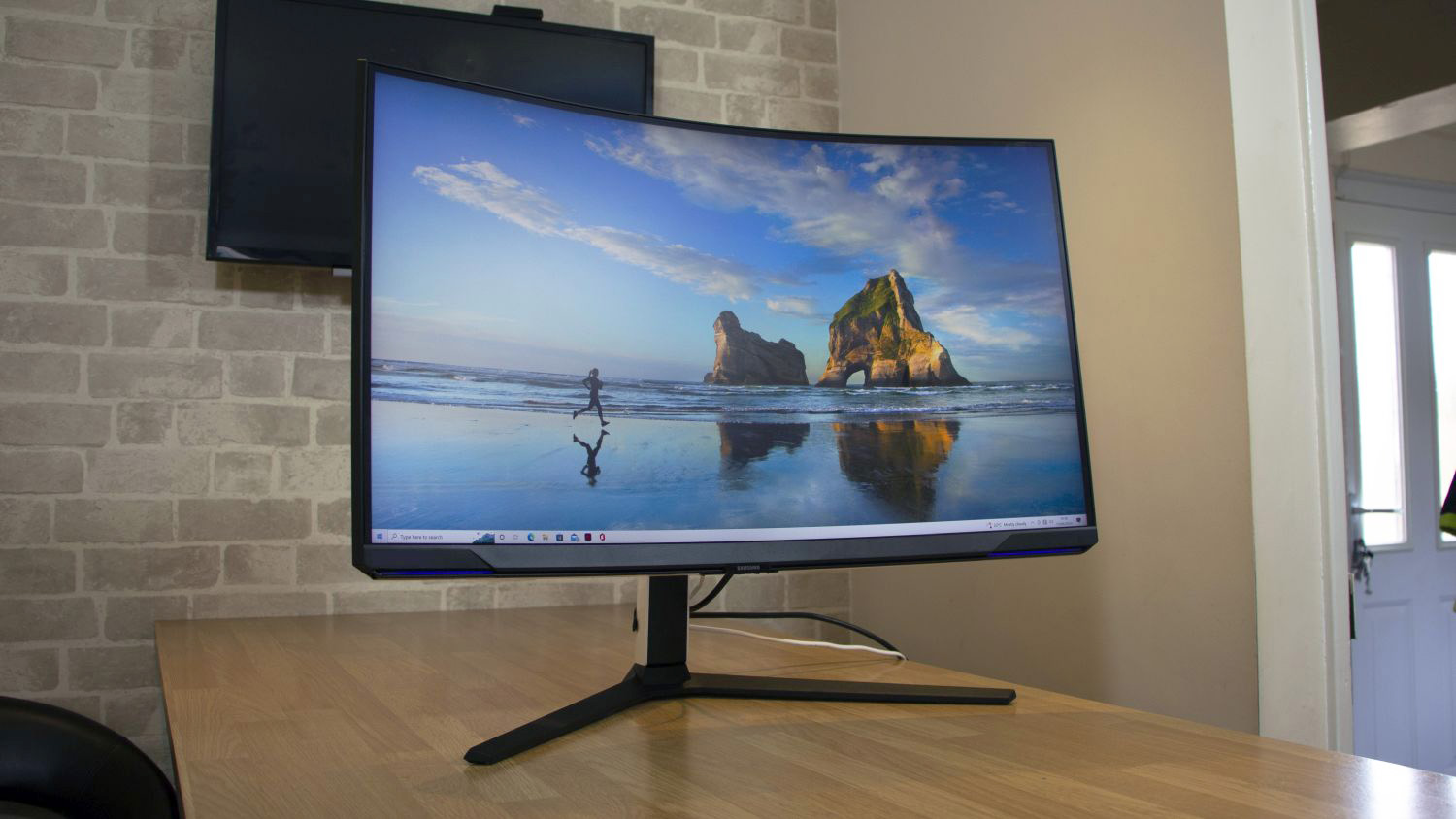
 Samsung Odyssey Neo G8 review: A groundbreaking display for work and play
Samsung Odyssey Neo G8 review: A groundbreaking display for work and playReviews The world’s first 4K/240Hz screen delivers sensational contrast and great colours, albeit for a high price
By Mike Jennings Published

